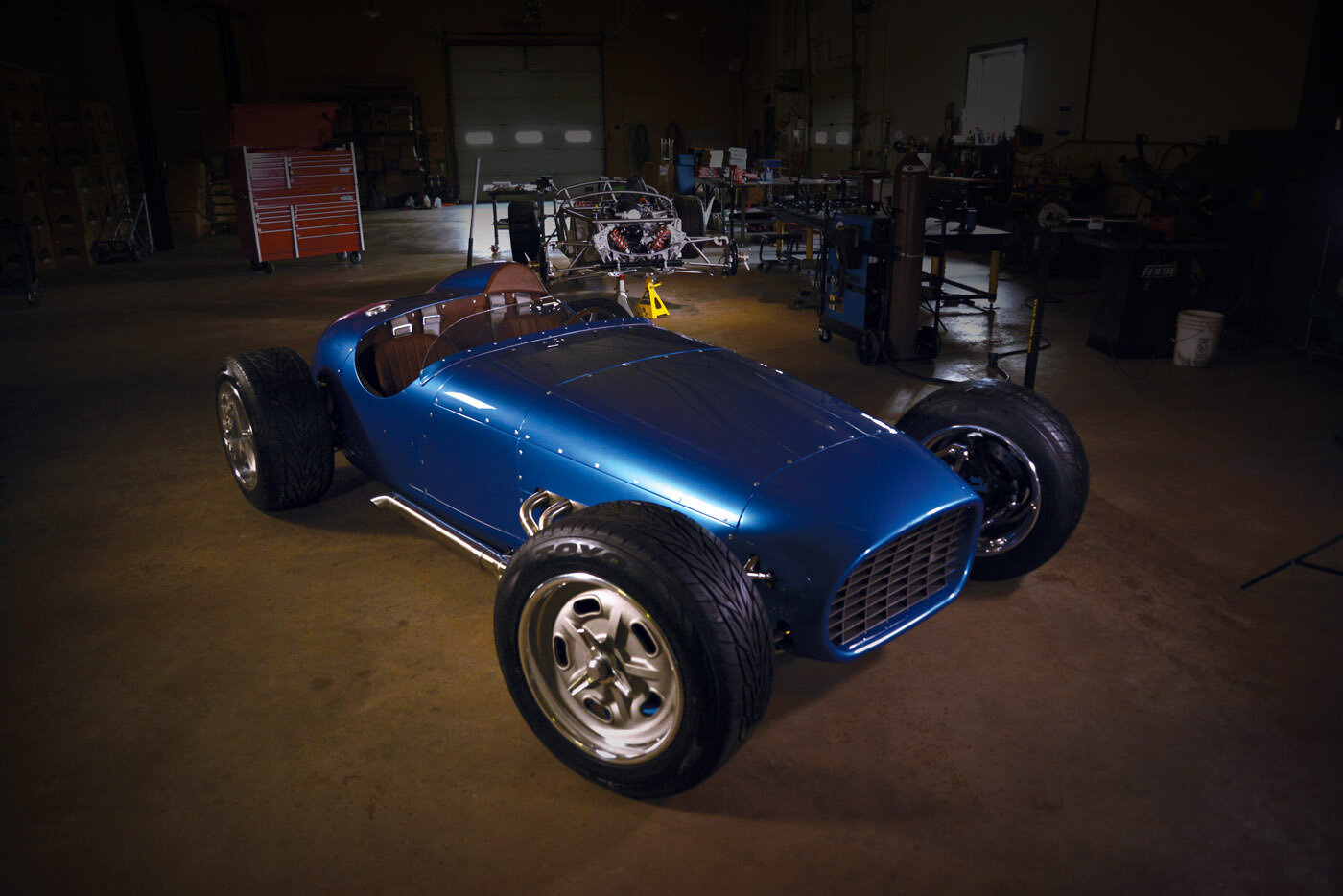
Reinventing the 1959 Troy Roadster with contemporary LS power
Story by Dean Larson
Photos by Luke Laggis and Dean Larson
The simple, fenderless body of the Troy Roadster said so much using so few lines. Its shape was equal parts racer and European exotic, with all the flair of a period custom and a bit of hot rod attitude for good measure. The roadster has a compelling pedigree too, as the only example ever built, and Robert “Bob” Kendall was hooked. Years later, Bob was finally able to purchase the Troy, but this unique roadster isn’t just another car in his collection. The potential in the Troy’s design lead him to create his own line of replica vehicles patterned after the Troy’s elemental appeal.
Getting up to speed
Car culture was moving at an unprecedented rate by the 1950s, as men with vision and skill built everything from exceptional customs to low-buck hot rods and race cars with street tags. European exotics began permeating the U.S. car scene, but America’s sports cars were still in their infancy, leading enterprising individuals to create their own. Influenced by speed and style, numerous American sports specials took shape in small shops and garages, employing unique formulas of custom fabrication and whatever parts were readily available.
The 1959 Troy Roadster is one of these sports specials, crafted in Springfield, Illinois, between 1958 and ’59. Its builder, Wally Troy, is a latent legend in Midwest car culture despite his diverse career in specialty vehicles. Wally owned and operated the first Jaguar dealership in Illinois, but he really made a name for himself by building show-winning customs that bested noted customizers of the day, such as George Barris.
To go along with his customized sedans, the Troy Special and Troy Custom, Wally set out to build his idea of the ultimate European-inspired, street-legal racer. The new Troy Roadster was based on a custom tubular chassis, with Ford running gear, a Corvette three-speed transmission and a 283 ci Chevrolet V8 with dual carburetors.
The open-wheel, aluminum body was crafted by a talented, Springfield-based body man named Cecil Funk, and it featured a minimalist silhouette that echoed exotic sports cars of the period. Aircraft-style Plexiglas windscreens and Dayton wire wheels added custom-car flavor, and the car was highlighted in a four-page feature in Hot Rod magazine in October 1960.
Wally sold the car soon after, but a determined enthusiast named Bill Hebal tracked it down in the mid-’70s and purchased it. The car was in rough condition, and Bill stored it until the early ’90s when a complete restoration was performed. The Troy only traded hands a couple of times in recent years, generating more and more interest each time for its lack of fenders and frills.
Bob was inspired by the car’s story and elemental character, but moreover, he knew this car was the perfect basis for a new project.
“The Troy is beautiful from every angle,” Bob says, “but it’s so simple, and I knew we could build this.”
After chasing the car for a few years, Bob purchased it at auction in Monterey, California, in 2016 and brought it home to Wisconsin. The roadster was in excellent cosmetic and mechanical order, but its hot rod nature came with a few quirks on the open road. Its driving position was cramped, and the handling left something to be desired, given its beam axles, drum brakes and short wheelbase.
There’s no changing the original Troy, but these kinks gave Bob even more encouragement to reinvent the car with modern suspension and a contemporary V8 driveline. After sketching out a faithful successor with wire wheels and identical bodywork, Bob then drew up a Brickyard-inspired version with Halibrand-style wheels and an Indy car tail section. A fresh look with loads of potential, the new Troy Indy Special looked good on paper, and he was off to the races.
Developing the Troy Indy Special
To lay the groundwork for the project, Bob enlisted Dick Kitzmiller and his shop Scarab Motorsports in Overland Park, Kansas. As the owner of one of Dick’s Scarab sports car continuations, Bob knew the firm was up to the task, and work started on the project in fall 2017.
The team set the goal of modern Chevrolet LS power early on, which meant suspension and chassis engineering would be a tall order. They selected Scarbo Performance in Lake Forest, California, for the job, given the company’s high-performance portfolio. Owner Joe Scarbo flew to Wisconsin that winter and performed a comprehensive 3D scan of the original Troy, digitizing its shape and dimensions. From there, Joe’s firm designed a tubular space frame to be manufactured in Docol R8 tubing, with pushrod-style suspension front and rear, and inboard coilover shocks.
With a manual of technical documents from Scarbo Performance, Dick’s team at Scarab Motorsports began construction on the prototype chassis. Meanwhile Luc DeLey of Marcel’s Custom Metal in Norco, California, constructed the prototype aluminum bodywork. A custom buck was made from Scarbo Performance’s technical documents, and Luc soon had the Indy-inspired body completed.
The aluminum bodywork was first mounted on the chassis in the summer of 2018 at Scarab Motorsports, and the team spent the following months tackling the myriad jobs required to get the car up and running. Bodywork, paint, interior and a few revisions along the way added months to the build, but the car made its debut at Amelia Island, Florida, in March 2019.
Driving the Indy Special forward
No one said it would be easy creating a car from scratch, but the whole process surely has you wondering if the drive is worth all that effort. There’s still some fine-tuning to do on the car, but Bob tossed me the keys to the prototype for a quick test drive.
At a glance, the car is visually striking, and I all but guarantee there’s no driver on the road, or pedestrian on the sidewalk, who could remain oblivious to its presence. The car is low and wide, really wide, but it has to be in order to handle the horsepower on tap from the General Motors LS3 engine. Especially true when you consider that this running and driving prototype weighs just 2,203 pounds — including a three-quarter tank of fuel.
The bodywork and paint are impeccable up close, and Bob selected a unique silver-blue shade that was mixed and applied by Kultured Customs Restorations in Gardner, Kansas. But since this car is a working prototype, expect to see some subtle differences in the finished product. Bob says that the production bodies will have fewer quarter-turn fasteners and fewer individual panels. Additionally, simpler push-button-style fasteners will be used to secure the hood and any other frequently detached panels.
Furthermore, the bodies will be manufactured in a modern, stretch forming process, as opposed to this prototype body done by hand. In the process, the aluminum sheet metal is clamped in a device and stretched to yield, and then a die is pressed up into the sheet from below. The process leads to a more repeatable part in a shorter amount of time, reducing costs and improving the final product in the long run.
Connecting those massive Toyo Proxes tires to the body is the pushrod-style suspension spec’d out by Scarbo Performance. With a nickel-plated finish, the suspension components look pretty trick but don’t immediately interrupt the vintage feel. Corvette C5 uprights were used on all four corners, along with Wilwood six-piston brakes up front and four-piston units in the rear. Inboard, QA1’s double-adjustable coilovers were selected front and rear, and a Cadillac CTS-V differential sends power to the 295/45R18 rubber out back.
Ingress into the cockpit requires a little more effort given the lack of doors, but the process is made easier by the detachable Moto-Lita steering wheel, and the interior is roomier than expected. Hit the master switch, turn the key and the 495 hp LS3 from Pace Performance roars to life.
Simply put, you’ll know this isn’t your average commuter right off the bat. The controls take a minute to get used to, as does keeping the wide track width within the paint lines, but with a quick stab of the throttle and shift of the TREMEC six-speed, you’re hooked.
The car goes like stink but requires diligent use of all controls, given its lack of driver nannies (like traction control). But keeping everything in line is easier than expected thanks to the wide rubber and suspension geometry. The Wilwood brakes haul the car in quickly, just in time to get back on the throttle for a rewarding soundtrack from 3-inch side pipes. I was too busy laughing to watch the speedometer, but I’d imagine zero-to-60 times should rival any LS3-powered OEM. Getting a bit too comfortable with the throttle pedal, I headed back the shop and turned over the keys.
To build and market the Troy Roadster and Troy Indy Special, Bob founded 7fifteen Motorworks in the small town of Three Lakes, Wisconsin. A run of 33 Troy Indys is already in the works, all fully customizable, and the more traditional Troy Roadster will be available as well. Bob also has a rare GM sports car replica in mind in the coming year, which we can’t wait to see.
All told, the Troy Indy Special is a car that puts a smile on your face a mile wide. It’s remarkable that such a vehicle can exist today, because it’s worlds away from what we’re used to. It’s the kind of car you would imagine into life as a child, like a living version of a winning pinewood derby car. It’s a fresh mix of something new and something old, and really, really fast too.

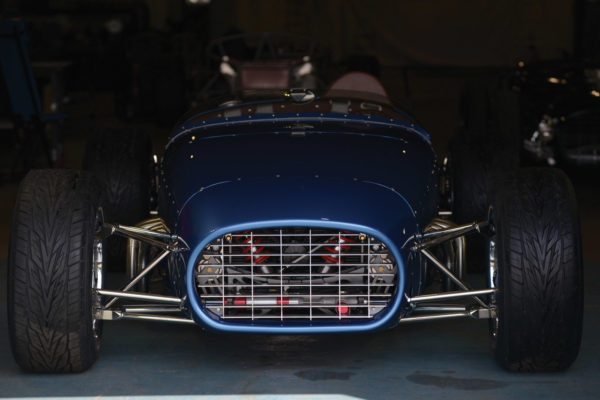
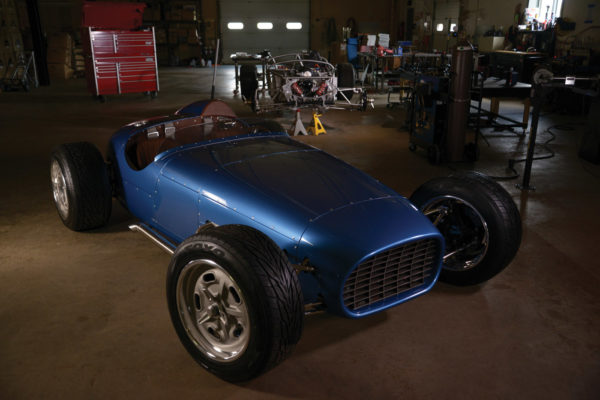
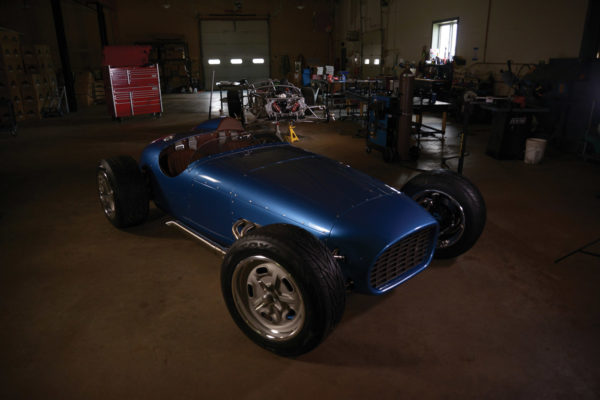
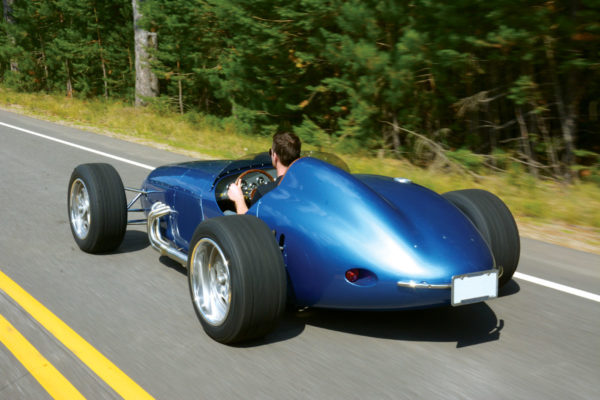
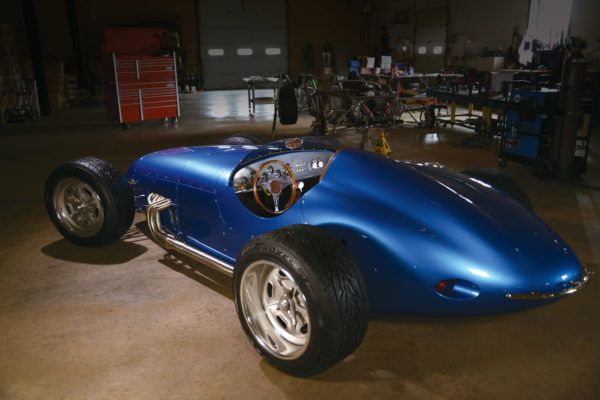
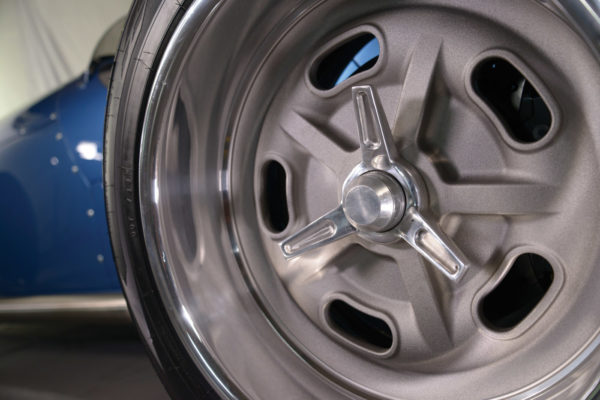
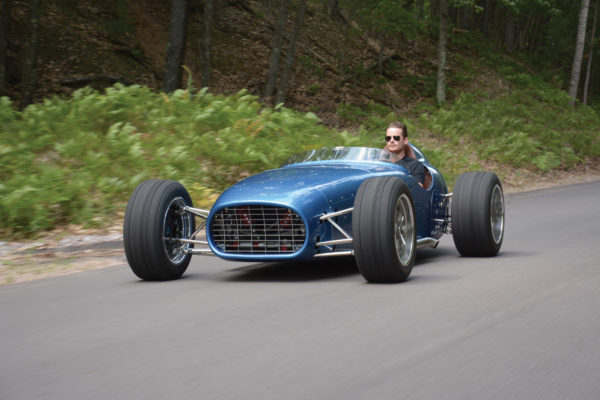
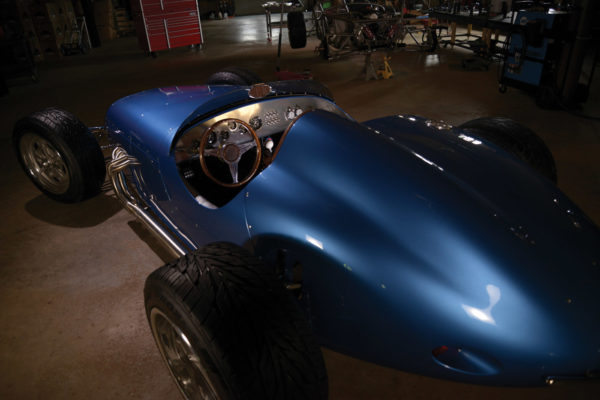
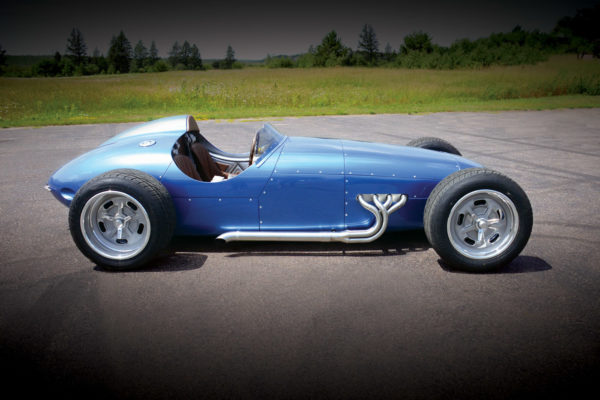
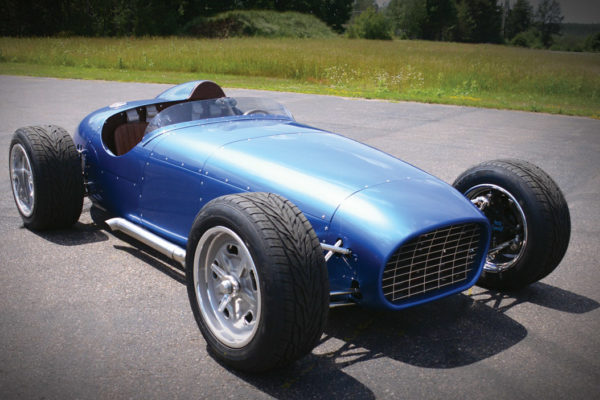
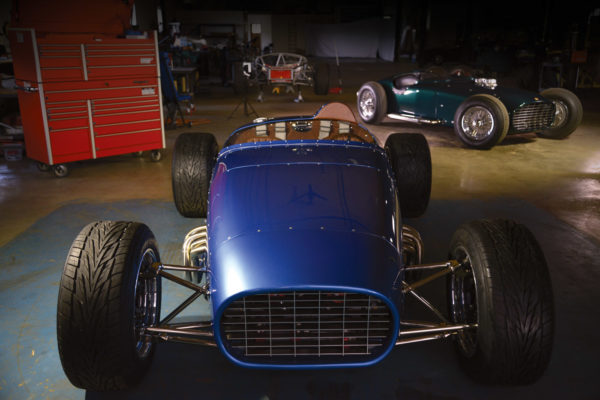
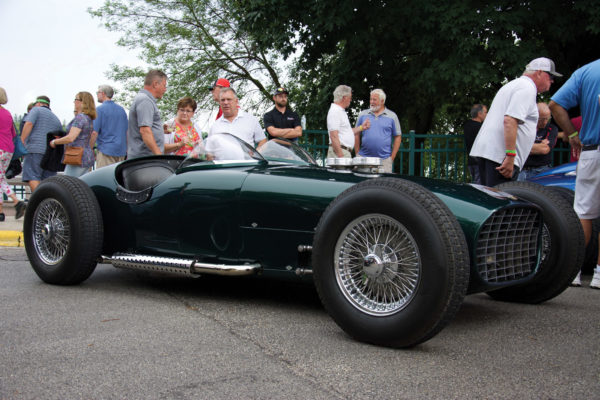
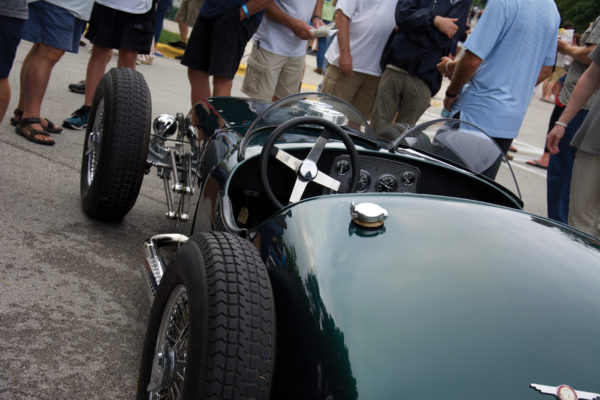
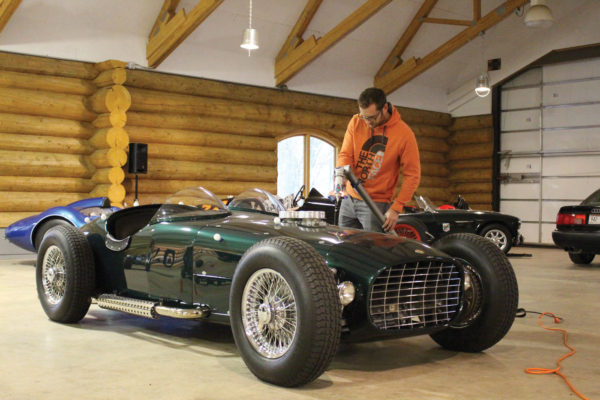
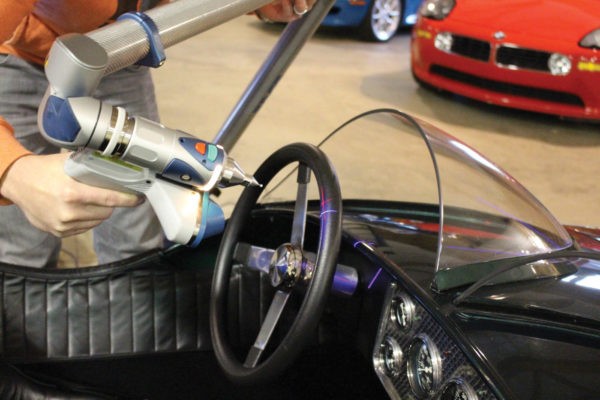
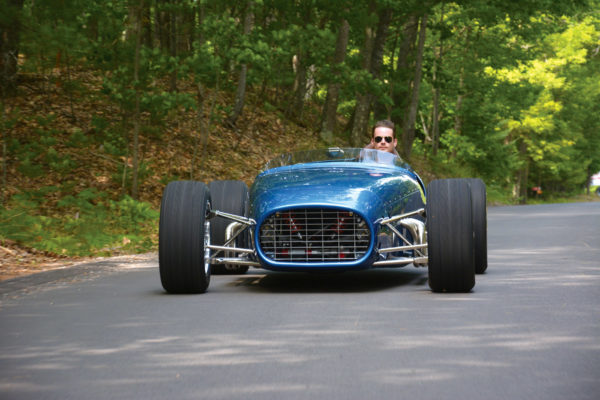
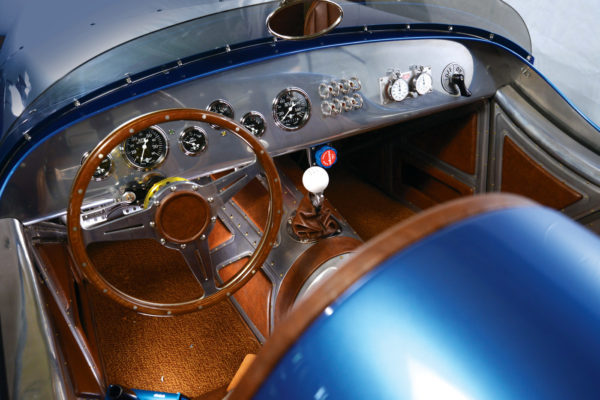
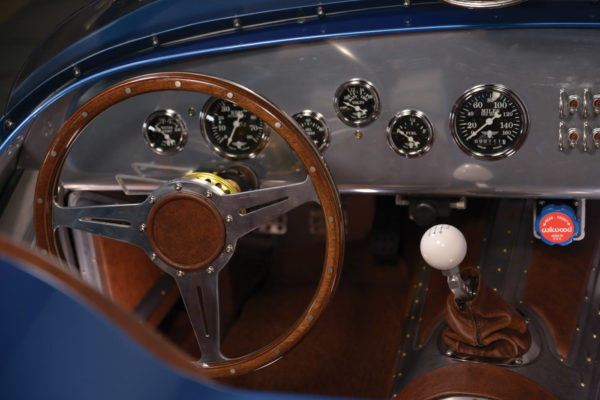
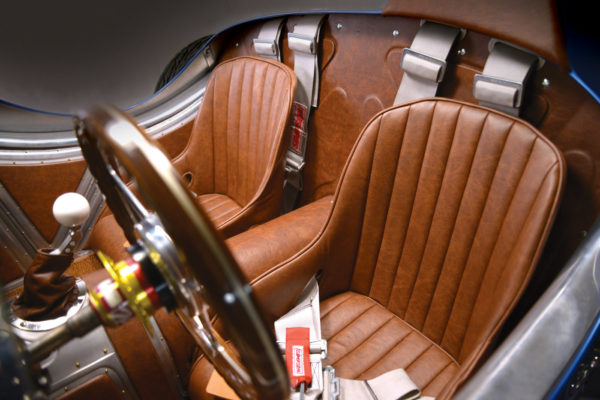
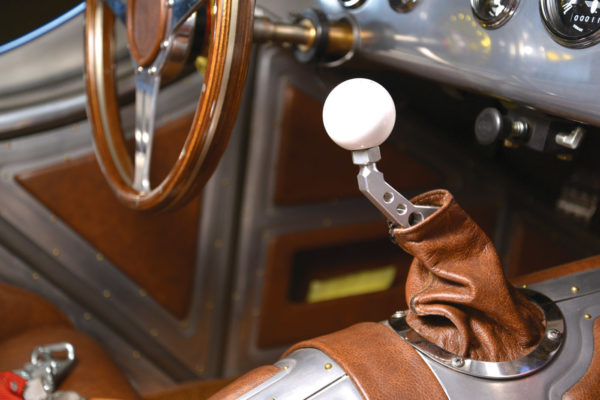
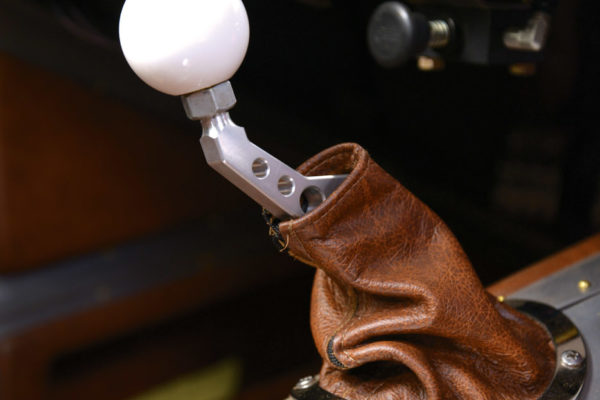
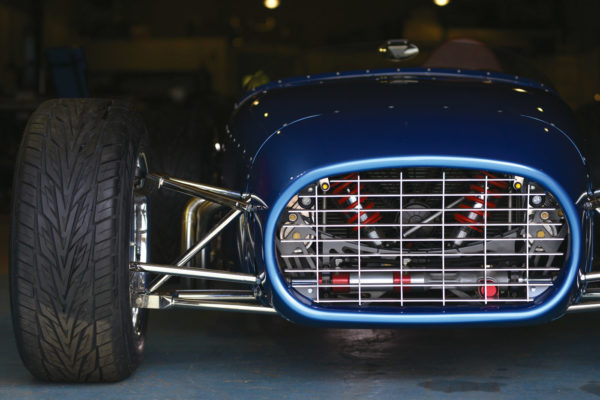
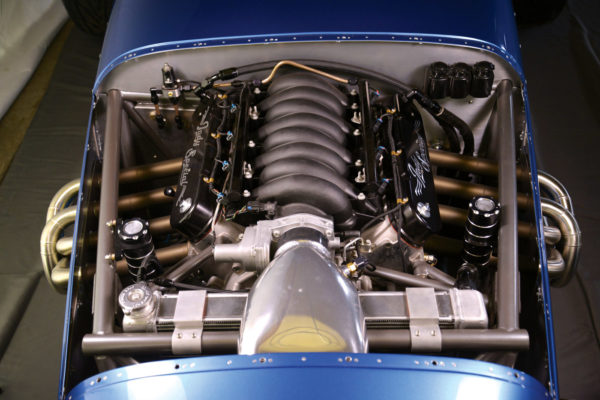
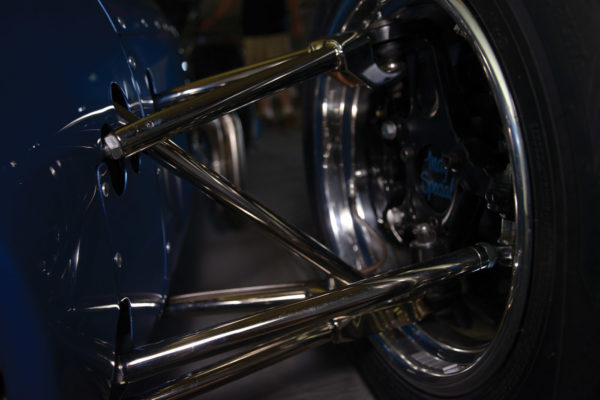
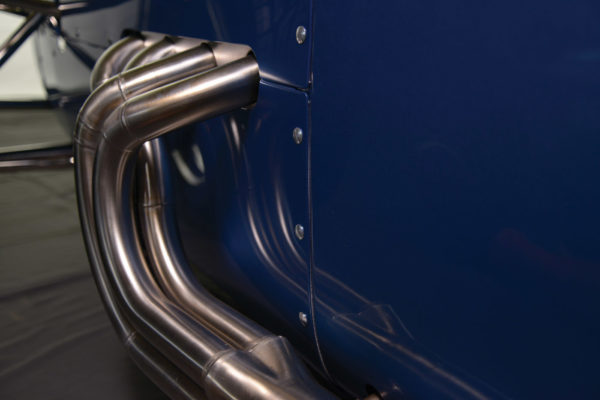
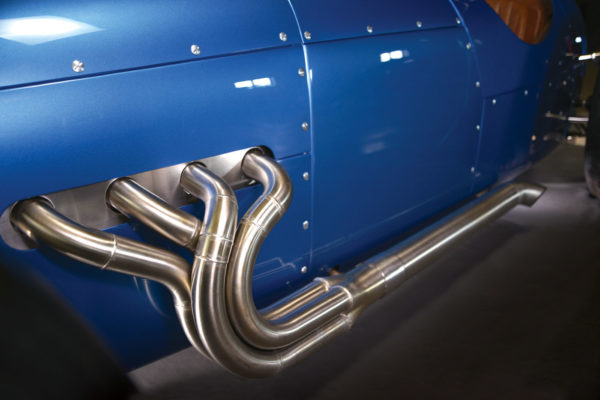
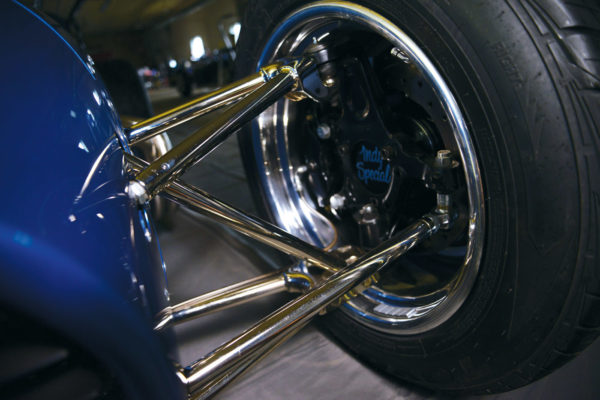
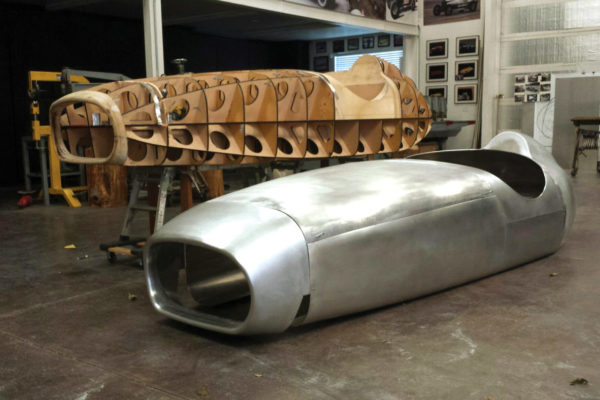
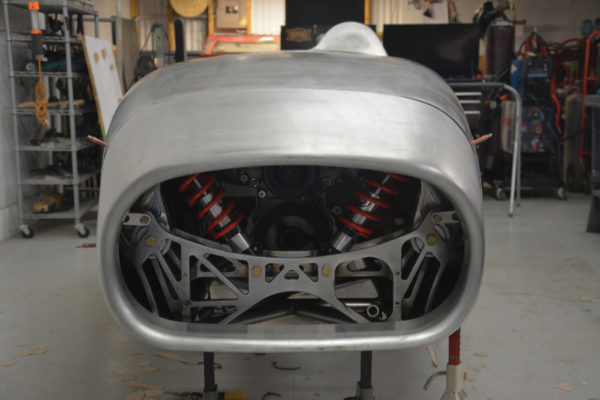
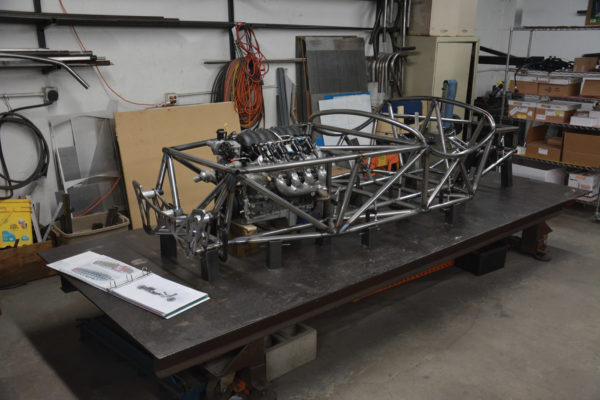
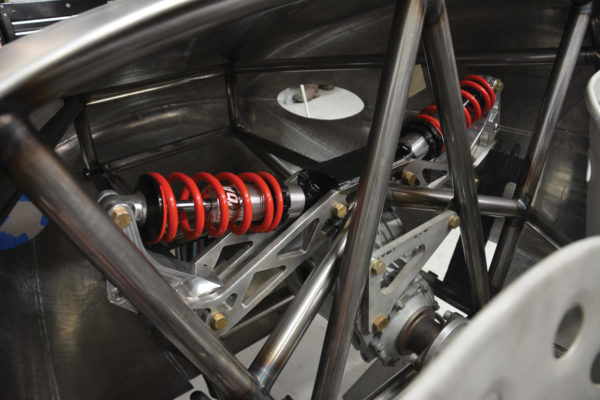
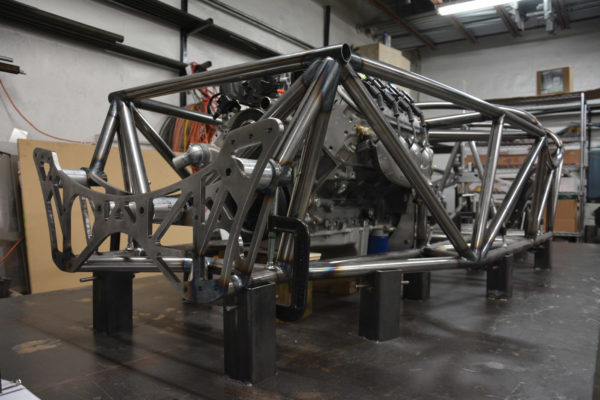
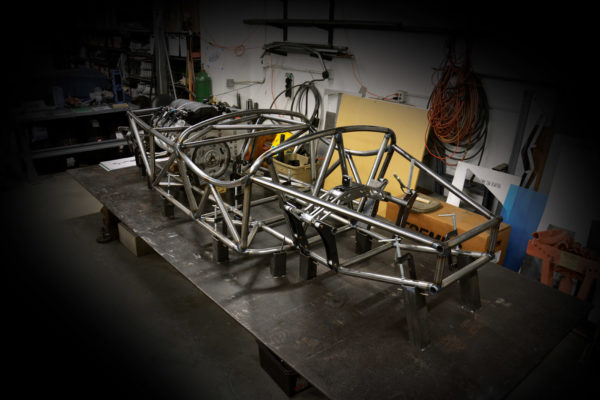
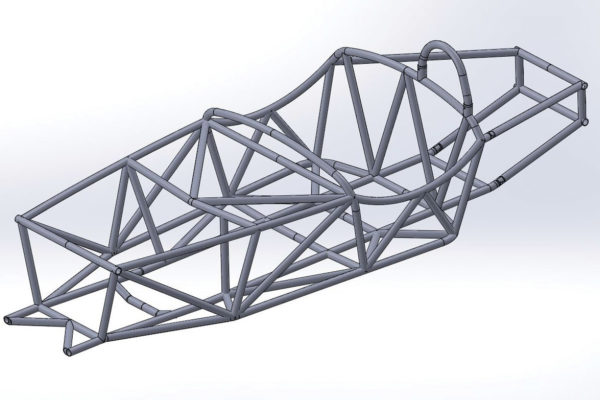
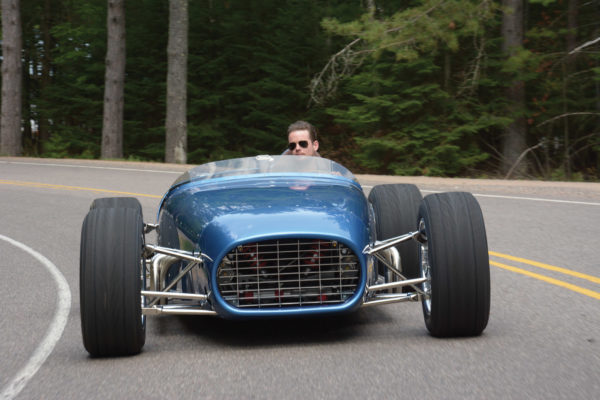
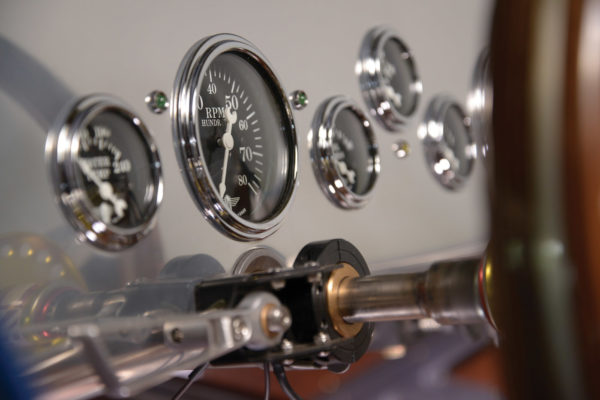
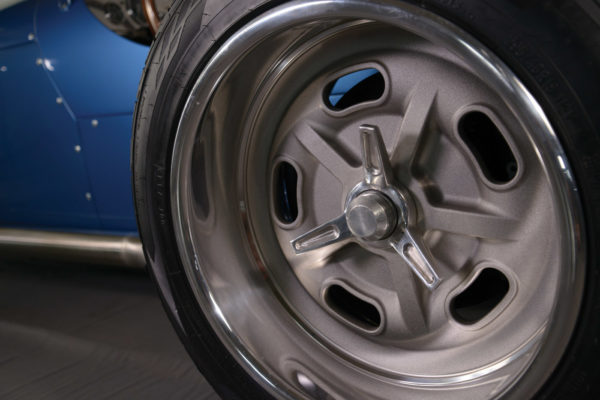
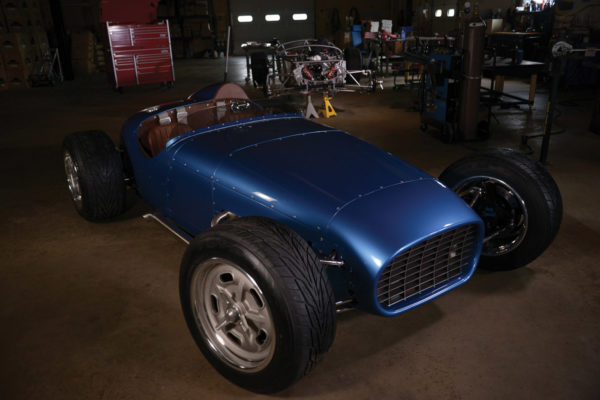
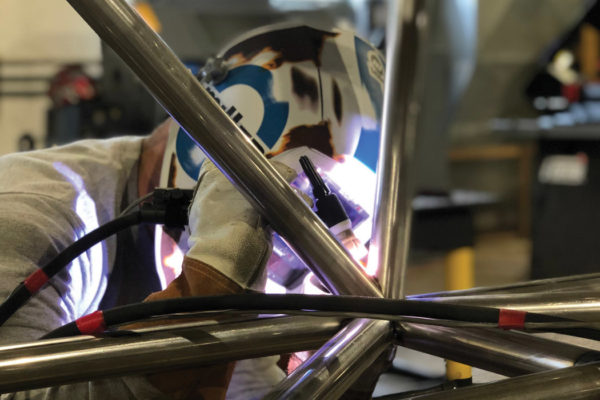
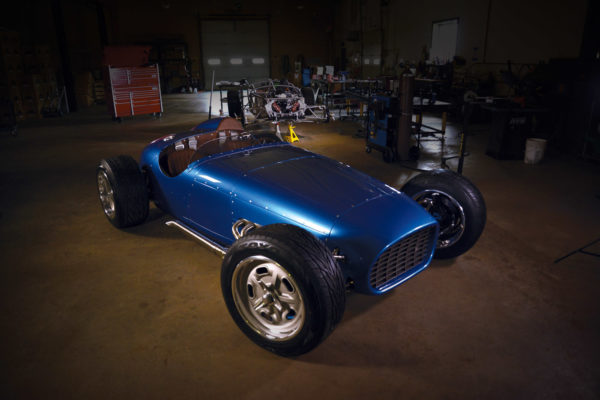
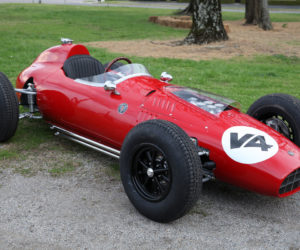
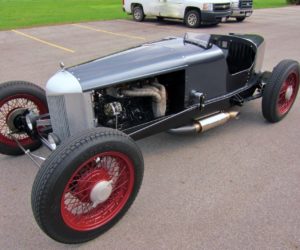
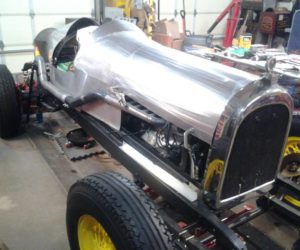
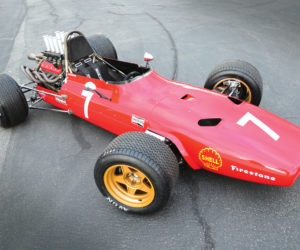
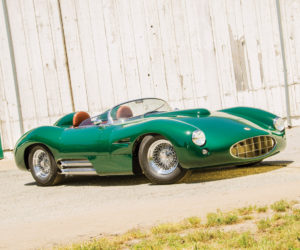
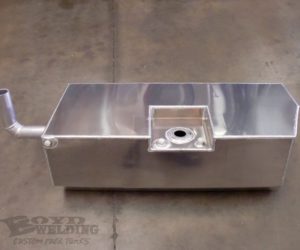




Comments for: Elemental Appeal
comments powered by Disqus